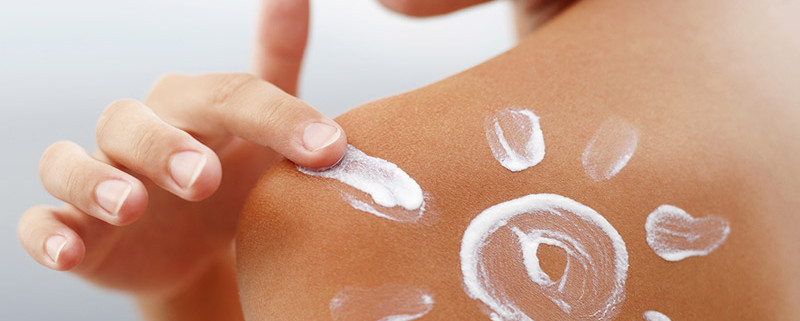New Sunscreen Rules from FDA
The FDA has finally set new rules for labeling of sunscreens. The major points of the ruling are:
−Sunscreen labels must carry a “broad spectrum” label to show they offer some protection against UVA radiation as well as UVB.
−The “SPF” designation still will show how well a product protects against UVB, although the highest SPF level a product can claim will be “50+.”
−The sunscreens claiming swim/sweat protection must say how many minutes such protection lasts.
UVB radiation is responsible for sunburn and plays a major role in causing skin cancer. It affects only the outer layer of the skin. UVA, while less intense than UVB, is 30 to 50 times more prevalent than UVB and penetrates to deeper layers of the skin. UVA is the dominant tanning ray, and is closely linked to skin aging. It’s also damages skin DNA and is believed to cause skin cancer.
The new rule also says that products cannot claim an SPF factor higher than 50. The highest permitted rating will be “50+,” because the FDA says there’s no convincing data that SPF levels higher than 50 are meaningful.
The FDA will allow product labels to carry the claim that they prevent skin cancer — but only if they protect against UVA and have an SPF of 15 or higher.
Products will have to specify whether they protect only against UVB (SPF rating alone) or whether they protect against UVA as well as UVB (SPF rating plus “broad spectrum” claim).
Sunscreen products that claim to be water resistant will have to undergo water-resistance testing. They will have to specify the number of minutes of “swimming/sweating” for which the product continues to protect.
Consumer groups have tried to convince FDA to review and implement these changes since 1978.
The new rules will take effect in one year for most manufacturers, although those with annual sales of less than $25,000 have two years to comply.



